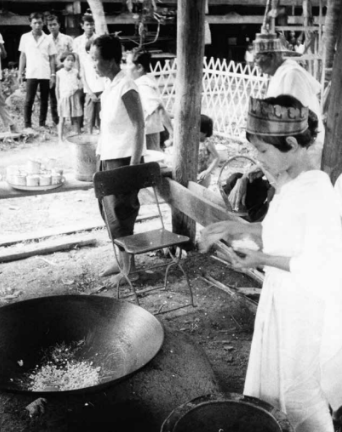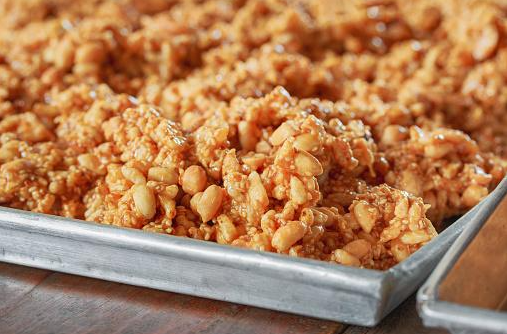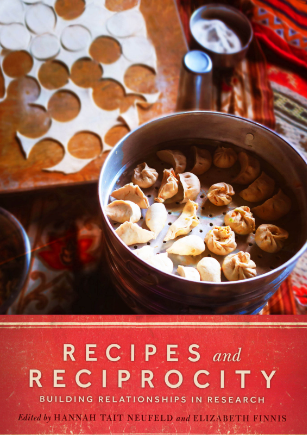What lies behind the development of recipes and research into different cultures’ food and traditions? Researchers Hannah Tait Neufeld and Elizabeth Finnis wanted to explore these worlds and provide context on how dishes and recipes become embraced by both the home cook and professional chefs through a cultural lens.

To do that, they implored some “on the ground” food community-engaged researchers to show us the process and nuance of being immersed in a culture and understand the significance of that food within the community’s norms. And this wasn’t a superficial look at the project: the bibliography and footnotes for each contribution is extensive showing the time and effort behind each person’s thoughtful look into the specific food they were researching.
I asked the editors what inspired them to take on the task of bringing these stories together and Elizabeth told me, “Hannah and I first started talking about the possibility of an edited volume quite some time ago – sometime in 2018, I think. We knew we had some shared interests and wanted to work on a project that included considerations of recipes and cooking together, as well as research and relationships. We talked about this for a while, and eventually settled on the core theme of the book – an edited volume that would bring together interdisciplinary writing about food and cooking to think about research, relationships, and how food questions can emerge in unexpected ways in the course of research, regardless of whether food is at the centre of a research agenda.”

We go on a trip around the world exploring Momo parties in north India, the Thai Buddhist love of Poppycock and puffed rice, drinking tea in Nepal, enjoying small fry in Malawi and understanding the role of bannock in Indigenous communities. Each contributor immerses themselves in the role of their specific food of study and the culture surrounding that food providing you with a fresh appreciation for the cup of tea you drink or when sitting down with a bowl of Poppycock while watching a movie.

In our Recipe section, we tried the Thai equivalent of Rice Krispie squares, Krayasat but a healthier version: chock full of nuts, seeds and other great ingredients, this is the perfect snack with your coffee or tea.

I like to ask the authors what their favourite dish to make for family and friends. Elizabeth had several, “There are a few things that I do turn to over and over again, depending on the situation. Some of these are: a curried lamb dish that I learned to make from a friend while I was working in South India (we used mutton in India, but I use ground lamb when making it here). It is delicious! There is also a wonderful apple, lentil, and potato curried dish that I make quite a lot – it’s good warm or cold, and can be made more or less spicy, and I originally found it in the cookbook Simply in Season (Mary Beth Lind and Catherine Hockman-Wert). I also really enjoy making cupcakes for get-togethers, particularly chocolate cupcakes with strawberry buttercream icing. Finally, there’s a lovely lime cake recipe that is from the Two Whales cookbook (Sue Asquith and David Ellis).” I’d love a seat at your dinner table, Elizabeth!

Hannah’s response was equally inspiring, “I would say that I have more of a go-to cookbook, The New Laurel’s Kitchen (Laurel Robertson, Carol L. Flinders, Brian Ruppenthal). I first became vegetarian in the mid-1980s and learned how to cook using this book that provides food and nutrition guidance along with foolproof recipes. Many of the recipes are staples for our Thanksgiving feast every year including: lentil loaf, good gravy, cranberry squash and stuffing.” I’m going to check into all these great resources…I love people’s recommendations for cookbooks!
To win this extensive look into food and recipe research, go to our Giveaway section. Have someone on your Christmas list that loves to know more about how food information is developed, purchase a copy at https://uofmpress.ca/books/detail/recipes-and-reciprocity
Used with permission of University of Manitoba Press https://uofmpress.ca/books/detail/recipes-and-reciprocity


